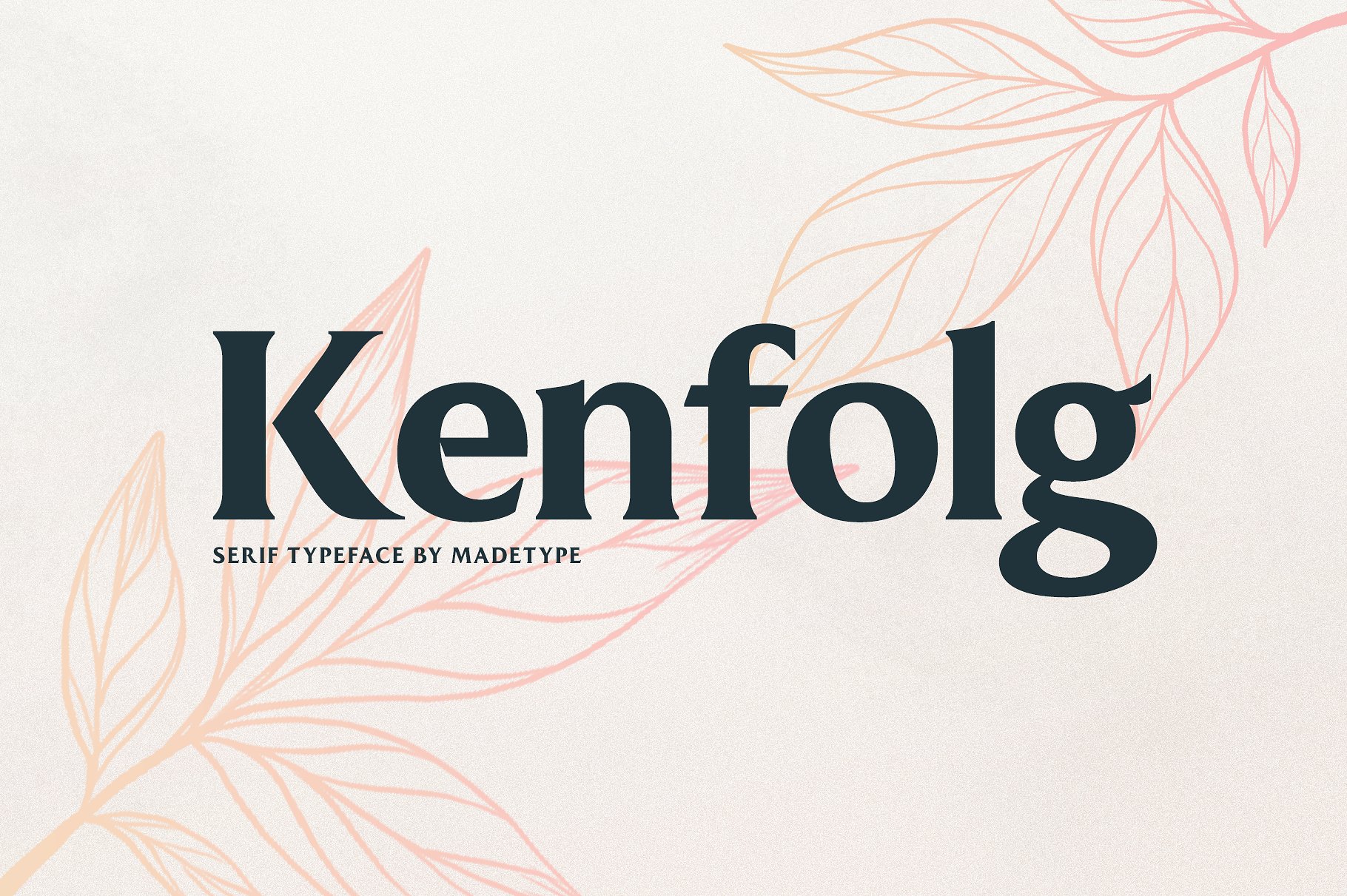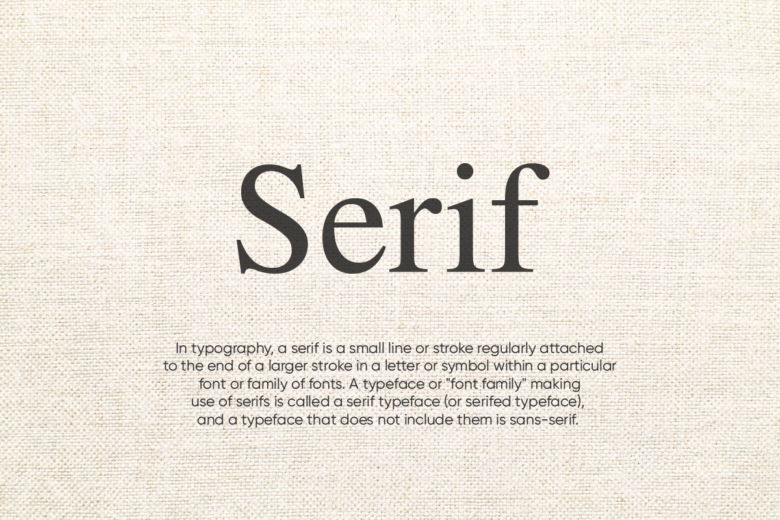
All you have to do is take advantage of someone else doing all the hard work. Instead, use font combinations that exist, designed by designers.
SERIF FONT HOW TO

Some common Serif typefaces are Times New Roman, Georgia, Palatino and Garamond – however there are thousands more. After all, when you strive to create something beautiful and remarkable to look at, the main goal is to have your message clear and readable! Serif fonts are usually used in lengthy text, such as books, newspapers and most magazines and are the most commonly used printed typestyle due to perceived readability. The Roman letter outlines were first painted onto stone, and the stone carvers followed the brush marks which which flared at stroke ends and corners, creating serifs. Serifs were believed to have originated in the Latin Alphabet with words carved into stone in Roman Antiquity. Here’s an image showing the difference between Serif and Sans Serif fonts:Ĭhoosing between Serif and Sans Serif Fonts should be based on several considerations pertaining to the project in hand – and style of design.

Those that don’t are called “Sans-Serifs” or “San-Serif Fonts”. Those fonts that have them are called “Serifs” or “Serif fonts”. In a nutshell, it’s all about the small features on the ends of strokes in some fonts. But what are they and how do they differ, exactly? When creating your own text, one of the first decisions to be made is whether to select a font that is Serif or Sans Serif. So, now you can get started straight away, playing with different kinds of fonts for your designs! What is the Difference between Serif and Sans-Serif Fonts? So, your job has been made that much easier.

You can see them in our our professionally designed templates and text graphics. Our team of Easil Graphic Designers have carefully chosen fonts for you. While you read this article’s guide to using Serif and Sans-serif fonts – remember that both families of font exist within Easil. If you’re a designer you will totally understand all of this, but for those who haven’t studied or worked in design, it can be a little confusing. In the complex world of typography, it can be hard to know how to use different fonts, let alone what type of “Serif” they are. We also look at how you can use them most effectively in your designs and promotions. You’ve no doubt heard the terms Serif and Sans-Serif Fonts when it comes to design – but what’s the difference? In this post we break down the key differences between Serif and Sans-Serif fonts, how they came to be.


 0 kommentar(er)
0 kommentar(er)
